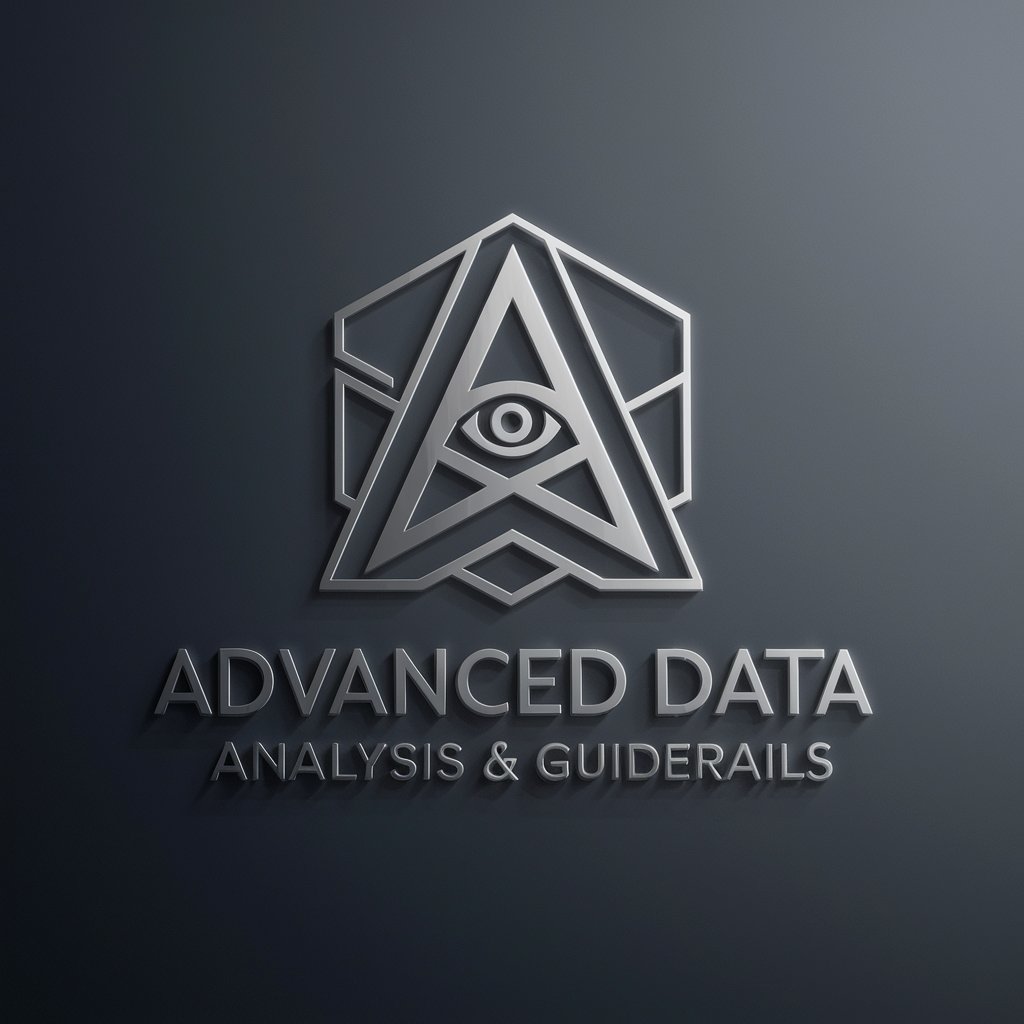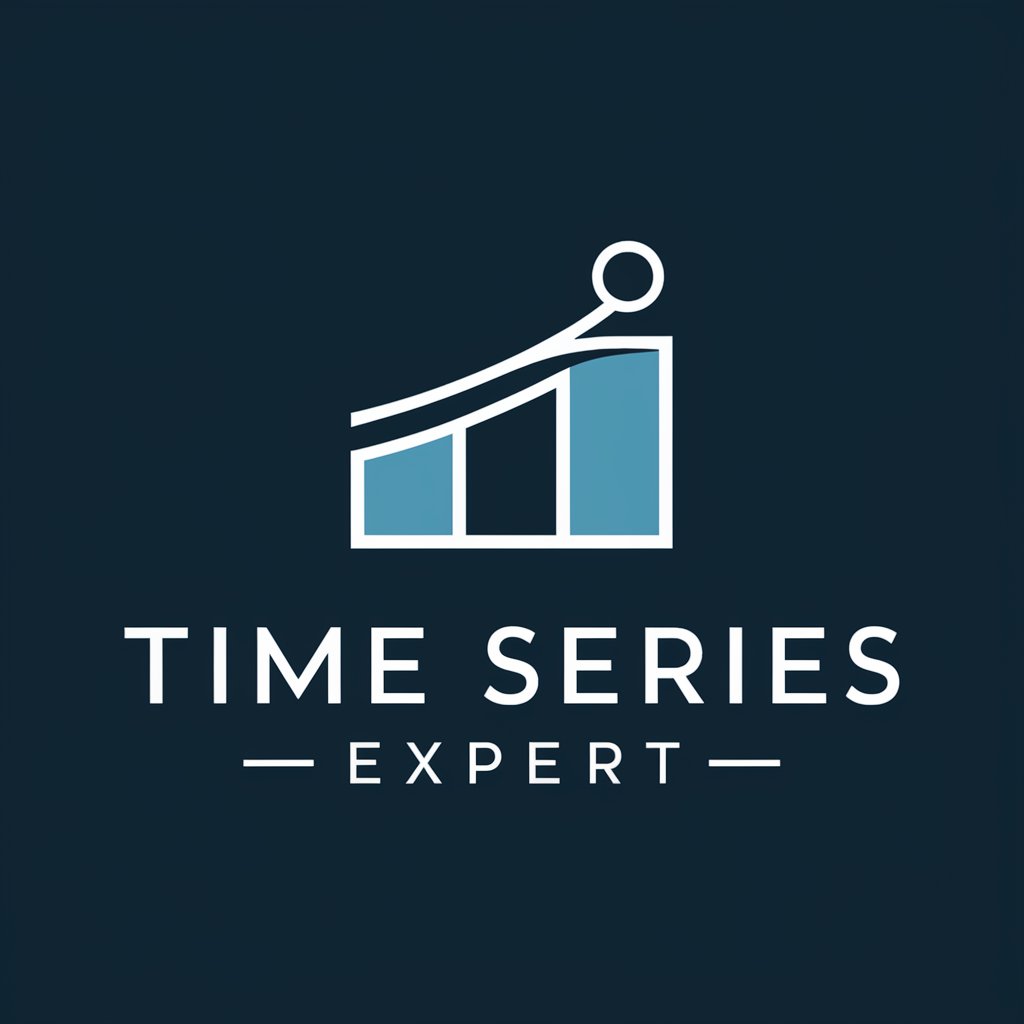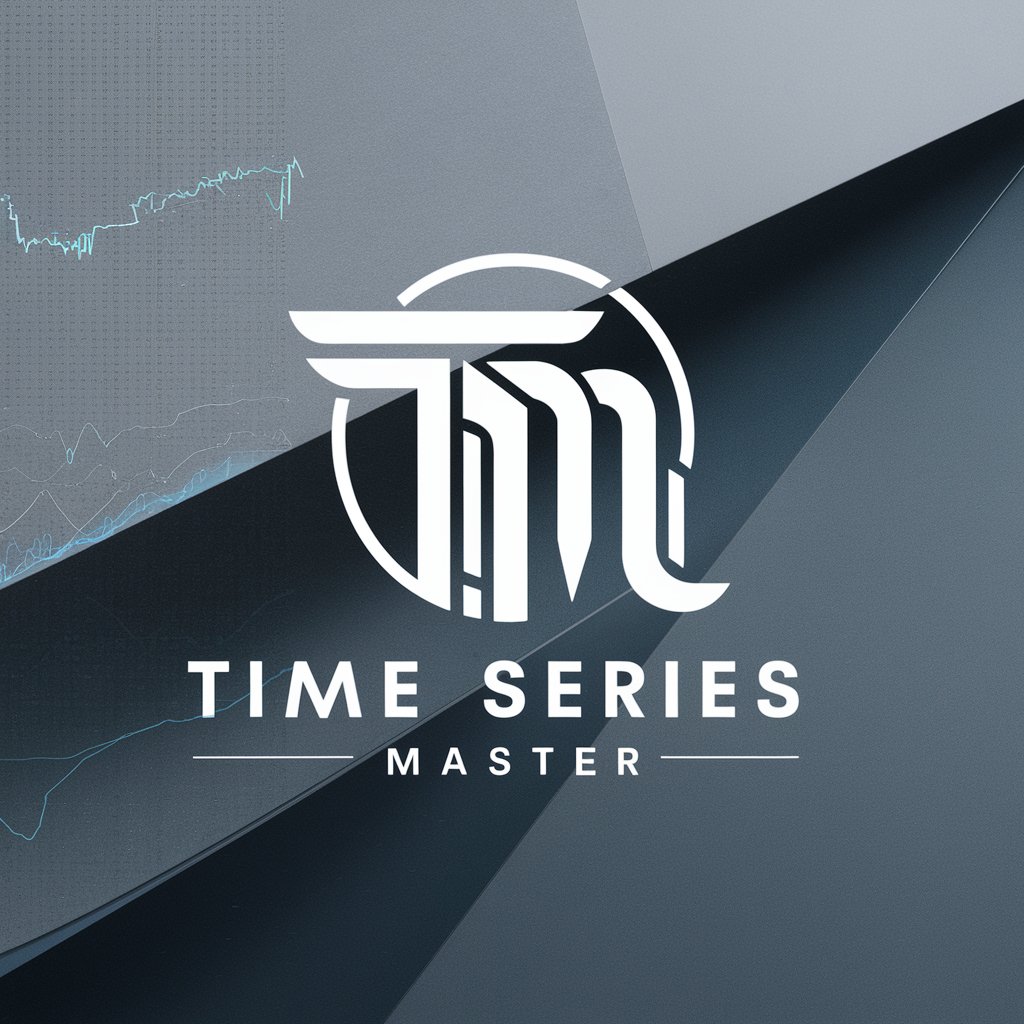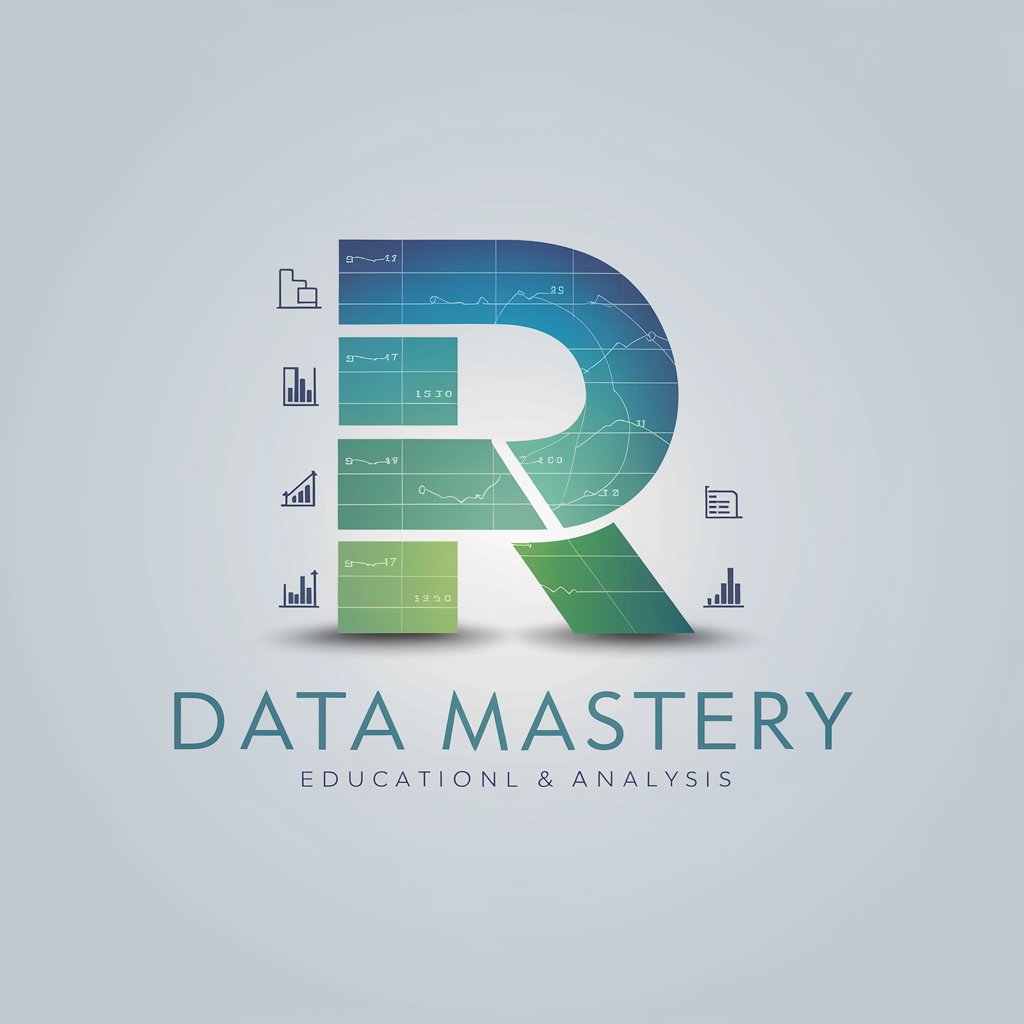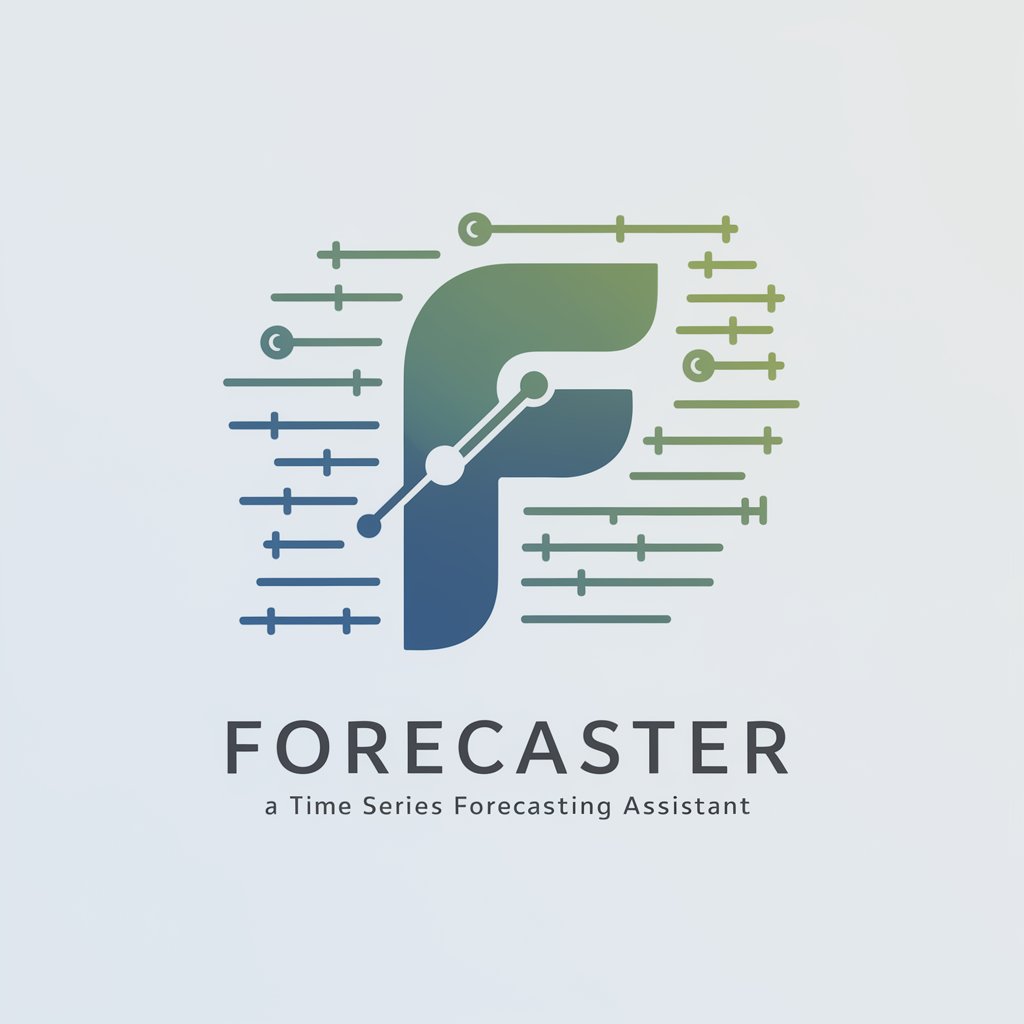
Beginners Guide on Time Series & Data Analysis - Time Series Analysis Learning
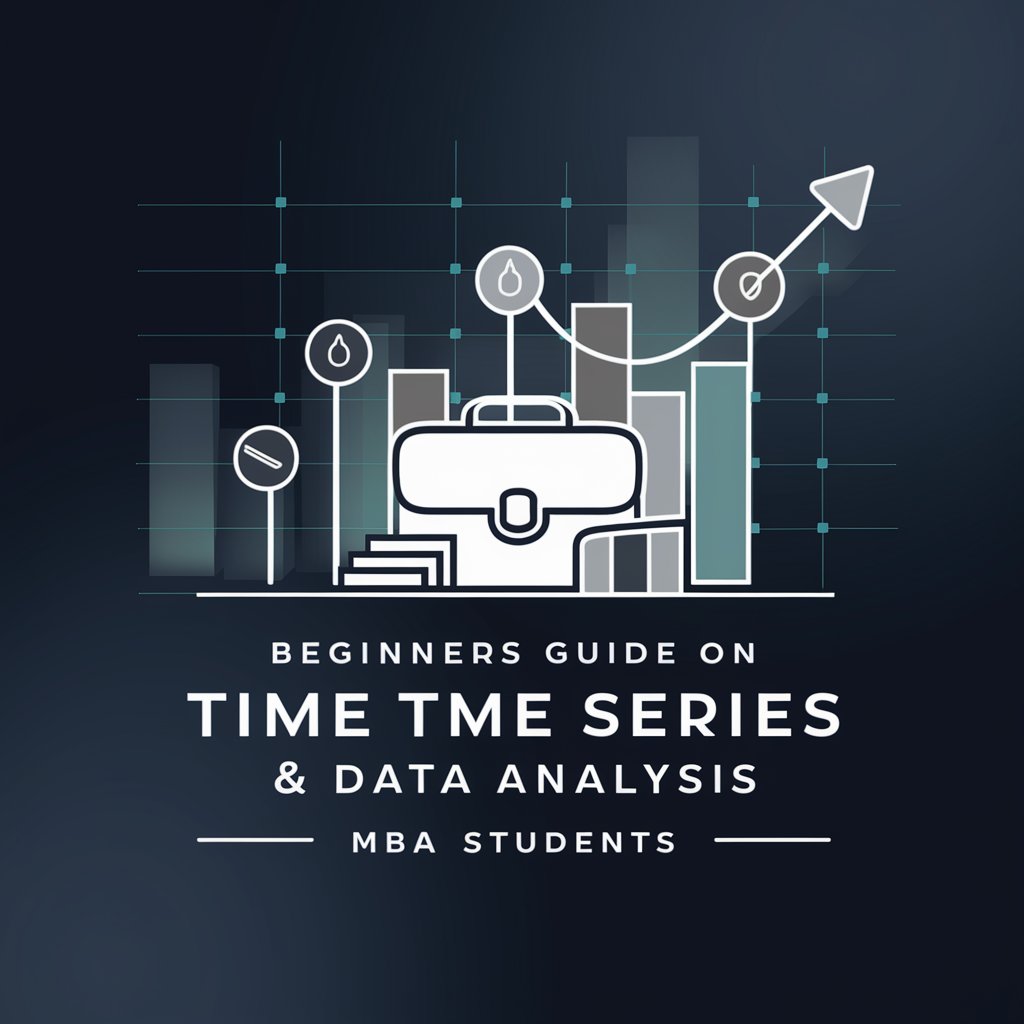
Welcome to Time Series & Data Analysis for MBA students!
Simplifying Time Series Analysis with AI
How to analyze seasonal variations in time series data?
Steps to fit an ARIMA model for forecasting sales data.
Key differences between stationary and non-stationary time series.
Methods to handle missing data in time series analysis.
Get Embed Code
Introduction to Beginners Guide on Time Series & Data Analysis
The Beginners Guide on Time Series & Data Analysis is designed to simplify and demystify the complex concepts of time series and data analysis for MBA students, using business contexts as the foundation for learning. The guide focuses on providing concise, bullet-point explanations for quick comprehension, supplemented by 'Want to know more' sections that offer deep dives into specific topics, highlighted in distinctive colors for emphasis. The inclusion of interactive quizzes under 'Want to take a Quiz' encourages active engagement and reinforces learning, with feedback provided in a unique color for easy visibility. This guide is regularly updated with the latest trends and techniques in time series and data analysis, making it relevant across various industries. It's committed to delivering an interactive and visually engaging learning experience, making complex analytical concepts accessible to business students and professionals alike. Examples of its application include analyzing stock market trends, forecasting sales for new products, and evaluating economic indicators over time. Powered by ChatGPT-4o。

Main Functions of Beginners Guide on Time Series & Data Analysis
Simplified Explanations
Example
Explaining autocorrelation in time series using real-world data like daily temperatures or stock market prices.
Scenario
Used by students to grasp the concept of how data points in a series are related to their predecessors.
Interactive Quizzes
Example
Quizzes on identifying patterns and trends in time series data, with instant feedback on answers.
Scenario
Engages users in active learning, reinforcing concepts like trend analysis and seasonal adjustments.
Updated Industry Trends
Example
Incorporating the latest methodologies in machine learning for predictive analysis in time series data.
Scenario
Helps professionals stay abreast of new tools and techniques, applying them to business forecasting or financial market analysis.
Deep Dive Sections
Example
Detailed exploration of ARIMA models, including step-by-step guidance on model selection and validation.
Scenario
Provides in-depth knowledge for users interested in advanced statistical methods for time series forecasting.
Ideal Users of Beginners Guide on Time Series & Data Analysis
MBA Students
Students pursuing a Master of Business Administration who need to understand data analysis and time series forecasting as part of their curriculum. This guide helps them grasp complex analytical concepts using business-related examples, making it easier to apply these skills in real-world business scenarios.
Business Professionals
Individuals in roles requiring data-driven decision-making, such as marketing, finance, and operations. These users benefit from the guide's practical examples and updated techniques, enabling them to apply predictive analytics in strategic planning and operational efficiency.
Data Analysis Beginners
Anyone new to data analysis or time series forecasting, looking for a structured and easy-to-understand introduction to these fields. The guide's format, with its mix of concise explanations, interactive quizzes, and deep dives, makes it an ideal starting point for self-learners and professionals aiming to add data analytics skills to their repertoire.

Guidelines for Using the Beginners Guide on Time Series & Data Analysis
1
Start your journey at yeschat.ai for a comprehensive trial experience without the need for login or a ChatGPT Plus subscription.
2
Navigate to the 'Time Series & Data Analysis' section to access beginner-friendly content, tailored specifically for MBA students and those new to the field.
3
Utilize the interactive quizzes to test your understanding of key concepts, making learning both engaging and effective.
4
Explore the 'Want to know more' sections for deeper dives into complex topics, enriched with examples from various industries.
5
Regularly check for updates on the latest trends and techniques in time series and data analysis to stay ahead in your field.
Try other advanced and practical GPTs
Executives on the Move
Track executive shifts with AI-powered insights

Kreatix Marketingadvies
Elevate Your Marketing with AI

Babylonさん
Empowering 3D Web Creations with AI
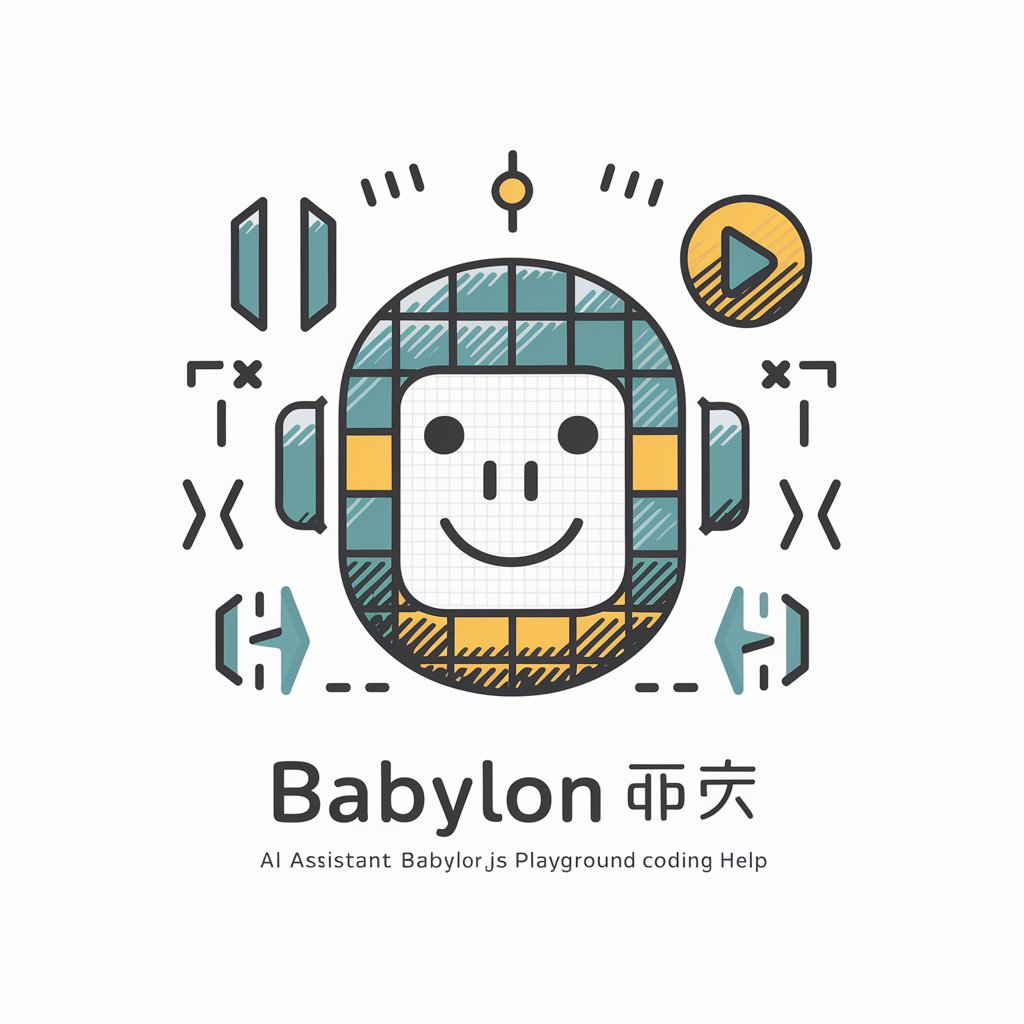
SEO writer
Empower Your Content with AI

Om translator
Bringing Cultures Closer with AI

Icon Creator
Craft Perfect Icons with AI
Learn On Dinos
Discover Dinosaurs with AI-Powered Insights
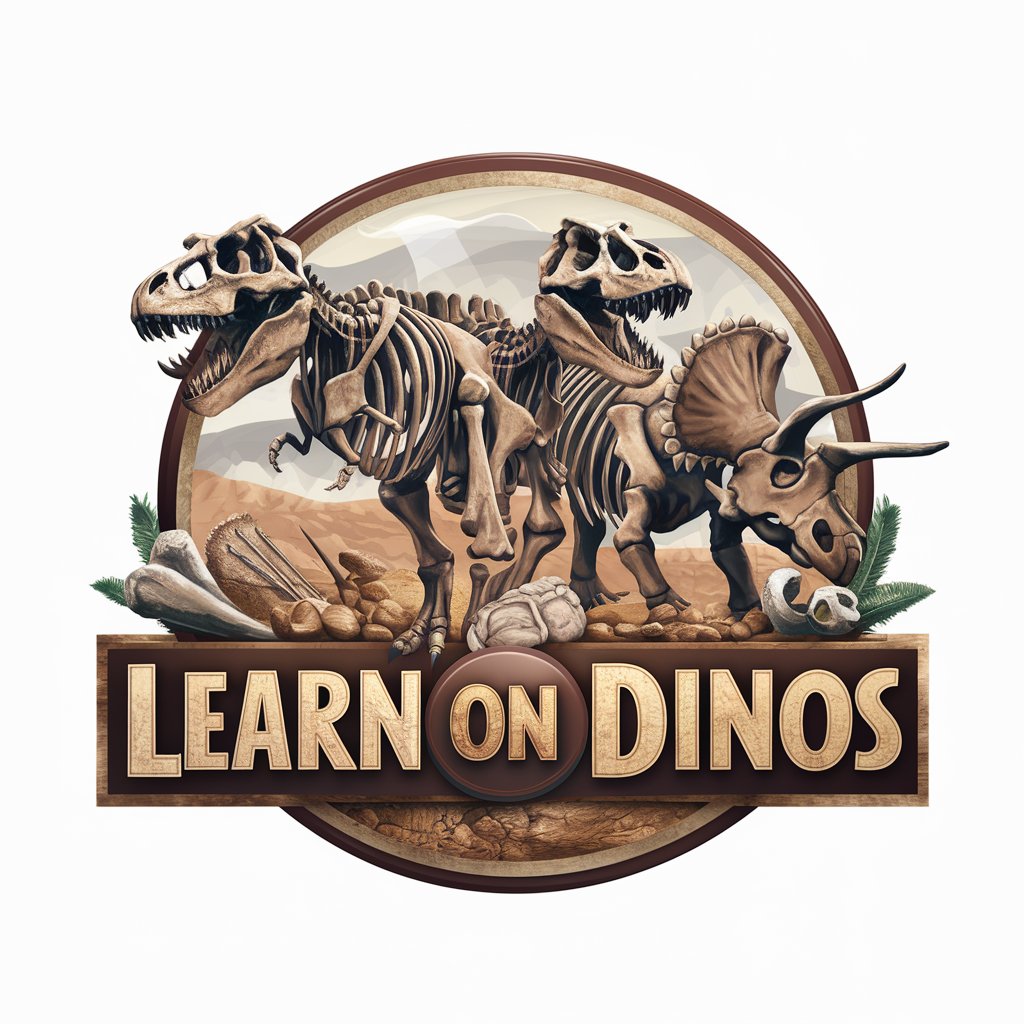
[Ruby on Rails] Boolean Buddy
Streamlining Tech Recruitment with AI
![[Ruby on Rails] Boolean Buddy](https://r2.erweima.ai/i/4ZpA14xBR0KQ_QxS0w1tgQ.png)
ANIA GPT
Empower Your Words with AI

SEO Article Master
Power Your Content with AI

strategia
Empower Your Strategies with AI

* Image Generation with Selfcritique & Improvement
Refine your visions with AI critique

FAQs about the Beginners Guide on Time Series & Data Analysis
What makes this guide ideal for MBA students?
Designed with a focus on business contexts, this guide demystifies time series and data analysis through concise explanations and industry-specific examples, making it perfectly suited for MBA students.
Can beginners in data analysis use this guide effectively?
Absolutely. The guide starts with basic concepts and progressively covers more complex topics, supported by quizzes and detailed sections for enhanced learning.
How often is the content updated?
The guide is regularly updated with the latest trends and techniques in time series and data analysis, ensuring learners stay current with industry practices.
Are there any prerequisites for starting with this guide?
No specific prerequisites are needed. The guide is designed to be accessible for beginners, with a gradual learning curve.
How does the interactive quiz feature enhance learning?
Interactive quizzes provide immediate feedback on your understanding, allowing you to assess your knowledge and reinforce learning effectively.
